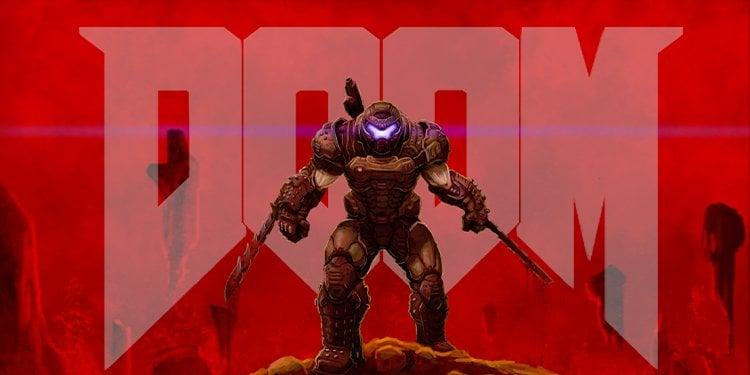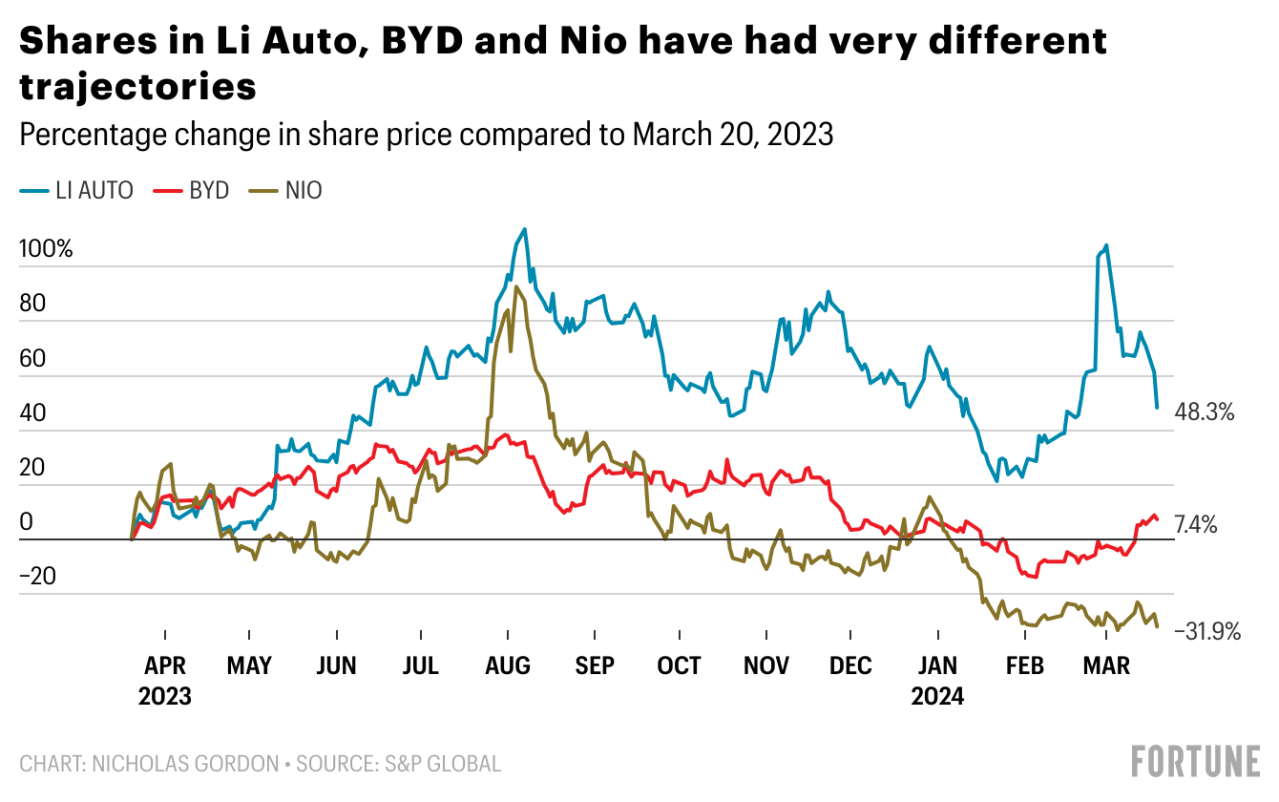The Correct Order To Play The Doom Games

Table of Contents
Understanding the Doom Timeline and its Branches
The Doom universe boasts several distinct entries, each with its own unique flavor. Understanding the relationships between these games is crucial to determining the best playing order. The series broadly splits into two branches: the classic Doom games and the rebooted Doom universe.
The classic Doom games, including Doom (1993) and Doom II: Hell on Earth (1994), established the franchise's fast-paced, demonic action and iconic level design. These titles focus on sheer, unrelenting action against hordes of hellish creatures, featuring relatively simple storylines but incredibly influential gameplay.
Doom 3 (2004) took a significant departure, shifting towards a darker, more atmospheric survival horror experience. This game significantly altered the gameplay formula, introducing a greater emphasis on resource management and a slower pace compared to its predecessors.
The reboot, starting with Doom (2016), revitalized the franchise, returning to the frenetic, fast-paced action of the original games while introducing a more fleshed-out narrative and significantly improved mechanics. Doom Eternal (2020) continues this rebooted storyline, further refining the gameplay and adding new layers to the lore.
Finally, Doom 64 (1997), while a classic, occupies a somewhat unique position. Released between Doom II and Doom 3, it offers a distinct gameplay experience with its own set of levels and enemies, yet fits relatively well into the original Doom timeline.
- Classic Doom (Doom 1 & Doom 2): Fast-paced, exploration-driven gameplay, focusing on the initial Hell invasion.
- Doom 3: Darker, atmospheric survival horror elements, a significant departure in gameplay.
- Doom 2016: Return to fast-paced action with a refined story and updated mechanics.
- Doom Eternal: Even more challenging gameplay, expanded abilities, and a continuation of the 2016 story.
- Doom 64: Unique gameplay experience, often considered a standalone title bridging the gap between the classic era and Doom 3.
The Recommended Playing Order for Optimal Experience
Choosing the optimal playing order depends on your priorities – storyline or gameplay progression. Let's examine two distinct approaches:
Option 1: Chronological Order: Doom 1, Doom 2, Doom 64, Doom 3, Doom 2016, Doom Eternal. This option prioritizes experiencing the story as it unfolds, starting with the initial Hell invasion and culminating in the events of Doom Eternal. This approach offers a clear narrative arc, allowing you to witness the evolution of the story and the characters across the entire series. However, the significant gameplay differences between the classic games and the reboots might lead to a jarring experience.
Option 2: Gameplay Progression Order: Doom 1, Doom 2, Doom 2016, Doom Eternal, then potentially Doom 3 and Doom 64. This order focuses on gradual gameplay evolution. It starts with the original fast-paced action, progresses to the modern refinements of the reboot, and finally introduces the distinct atmospheric horror of Doom 3 and the unique gameplay loop of Doom 64 as standalone experiences. This approach prioritizes a smooth transition in gameplay mechanics, ensuring a more consistent gaming experience. However, the story might feel fragmented.
- Narrative Threads: Connecting the games narratively can enhance appreciation for the overarching story, especially between Doom 2016 and Doom Eternal.
- Gameplay Mechanics: The evolution of movement, combat, and weapon systems is a key aspect of the series.
- Related Media: Exploring novels and comics expands the Doom universe and provides additional context.
Addressing Common Questions & Concerns
Many players ponder the best path through the Doom universe. Here are answers to frequent questions:
-
Can I skip Doom 3? While Doom 3 significantly deviates in tone and gameplay, it's not essential for understanding the main storyline. However, its atmospheric horror and unique setting are worth experiencing for those interested in a different type of Doom experience.
-
Is Doom 64 essential? Doom 64 provides a unique, self-contained experience. It's not crucial for understanding the core narrative but offers a fun detour within the classic Doom era.
-
What's the best starting point for newcomers? For newcomers focused on gameplay, starting with Doom 2016 is recommended due to its modern mechanics and engaging story. For those who want a taste of the original, Doom (1993) will offer a nostalgic and influential gameplay experience.
-
Pros and Cons of Different Orders: Summarized in the previous sections. Ultimately, the best order depends on your preferences.
Finding the Games and Playing Them
The Doom games are readily available on various platforms: Steam, GOG, modern consoles (Xbox, PlayStation, Switch), and even through retro gaming options. For older titles, emulators like DOSBox might be necessary. Always ensure you're obtaining games from legitimate sources. Enhanced editions and different versions may offer additional content, so check availability and compare features before purchasing. [Link to Steam page] [Link to GOG page]
Conclusion
The "correct" order to play the Doom games depends on whether you prioritize the chronological unfolding of the story or a smoother progression of gameplay mechanics. We've presented two clear options: the chronological order (Doom 1, Doom 2, Doom 64, Doom 3, Doom 2016, Doom Eternal) and the gameplay progression order (Doom 1, Doom 2, Doom 2016, Doom Eternal, then Doom 3 and Doom 64). Consider your preferences and choose the path that best suits your gaming style! Find the perfect order to play the Doom games, and share your experiences in the comments below! Experience the Doom series in the right sequence and discover which approach enhances your enjoyment the most. After you've conquered the main series, dive into the vast world of Doom mods and community discussions for even more hellish fun!

Featured Posts
-
 Chinas Byd Targets Brazils Ev Market As Fords Influence Wanes
May 13, 2025
Chinas Byd Targets Brazils Ev Market As Fords Influence Wanes
May 13, 2025 -
 2029 Natural Fiber Composites Market Trends Opportunities And Challenges
May 13, 2025
2029 Natural Fiber Composites Market Trends Opportunities And Challenges
May 13, 2025 -
 Manila Schools Closed Intense Heat Wave Impacts Education
May 13, 2025
Manila Schools Closed Intense Heat Wave Impacts Education
May 13, 2025 -
 Sabalenka And Gauff Steer Clear Of Upsets Progress In Rome
May 13, 2025
Sabalenka And Gauff Steer Clear Of Upsets Progress In Rome
May 13, 2025 -
 Den Of Thieves 2 Gerard Butlers Return And The Future Of A 523 Million Franchise
May 13, 2025
Den Of Thieves 2 Gerard Butlers Return And The Future Of A 523 Million Franchise
May 13, 2025
